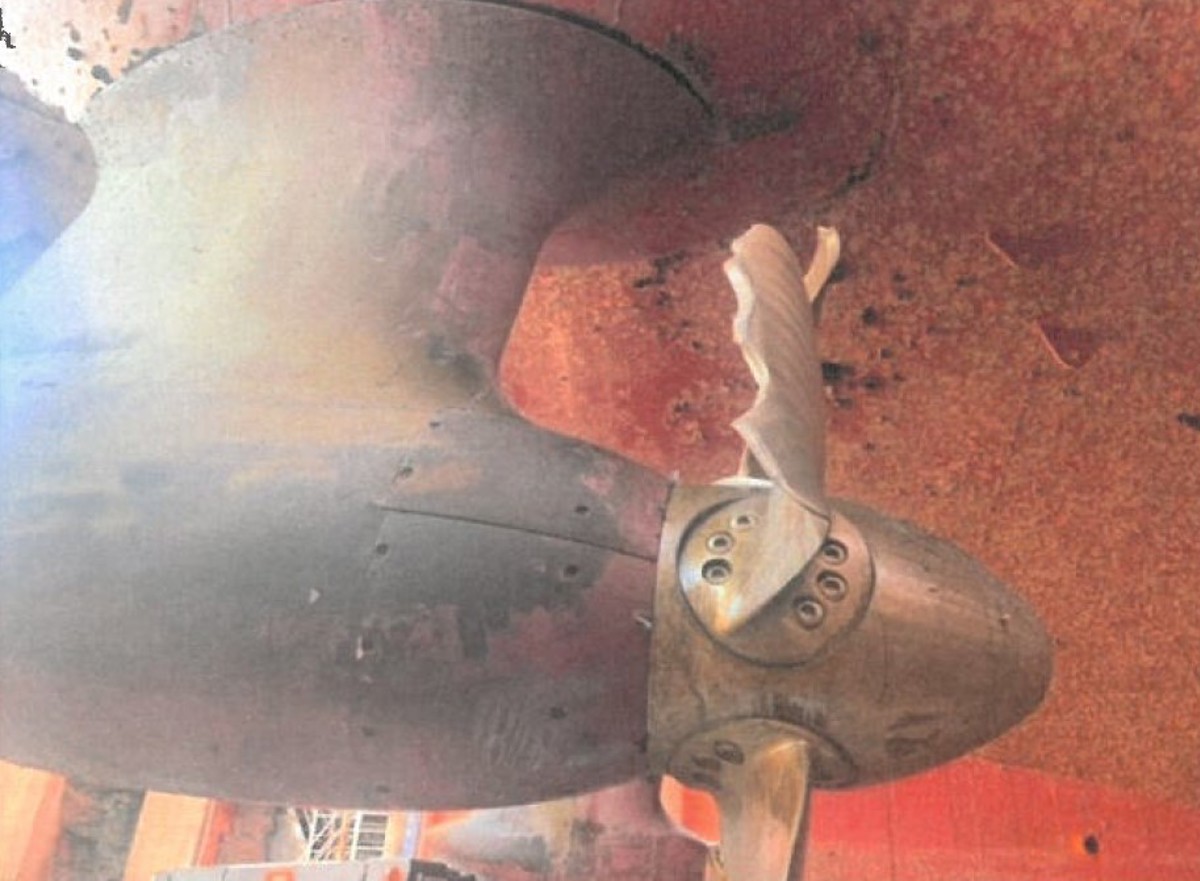Vessel ran aground causing major hull damage
- Safety Flash
- Published on 25 November 2021
- Generated on 9 December 2025
- IMCA SF 32/21
- 2 minute read
Jump to:
A vessel left port and started a transit.
What happened?
During the first part of the voyage, the vessel was overtaking another vessel and the decision was made to pass the other vessel on their port side, between the vessel and shallow waters.
A safety depth contour on the Electronic Chart Display and Information System (ECDIS) was set to 10 metres.
When the vessel passed the safety depth contour, she ran aground, resulting in major hull damage and damage to the propulsion system. There was a leak of hydraulic oil which was limited to approx. 40 litres. The vessel re-floated herself and returned immediately to port. The vessel had to be dry-docked as a result of the damage.

There could have been much more serious consequences, including
- becoming completely stuck aground and requiring assistance to get off
- water ingress and serious flooding
- worse pollution and emission to the environment, and
- still more damage to vessel propulsion equipment.
What went wrong?
- The settings on the ECDIS were such that critical information was not being displayed.
- The vessel’s passage plan was not approved in advance and used a route unvalidated in the ECDIS.
- The Officer on Watch opted to pass the vessel ahead on their port side.
Root causes identified
- The route was not validated in the ECDIS system nor verified before departure.
- Information that could and should have been displayed in ECDIS – that is, “All Dangers” – was not selected.
- The bridge crew did not properly understand safety depth contours and the implications for the vessel of crossing them.
Actions
Apart from going into dry dock for costly repairs, our member took the following actions:
- Ensured that correct and appropriate ECDIS settings are part of voyage plan checklists.
- Updated bridge personnel training on ECDIS.
- Ensured deeper and fuller understanding of “safety depth contours” and the implications for vessels.
Related Safety Flashes
-
IMCA SF 21/21
30 July 2021
-
IMCA SF 10/18
9 May 2018
-
IMCA Safety Flashes summarise key safety matters and incidents, allowing lessons to be more easily learnt for the benefit of the entire offshore industry.
The effectiveness of the IMCA Safety Flash system depends on the industry sharing information and so avoiding repeat incidents. Incidents are classified according to IOGP's Life Saving Rules.
All information is anonymised or sanitised, as appropriate, and warnings for graphic content included where possible.
IMCA makes every effort to ensure both the accuracy and reliability of the information shared, but is not be liable for any guidance and/or recommendation and/or statement herein contained.
The information contained in this document does not fulfil or replace any individual's or Member's legal, regulatory or other duties or obligations in respect of their operations. Individuals and Members remain solely responsible for the safe, lawful and proper conduct of their operations.
Share your safety incidents with IMCA online. Sign-up to receive Safety Flashes straight to your email.